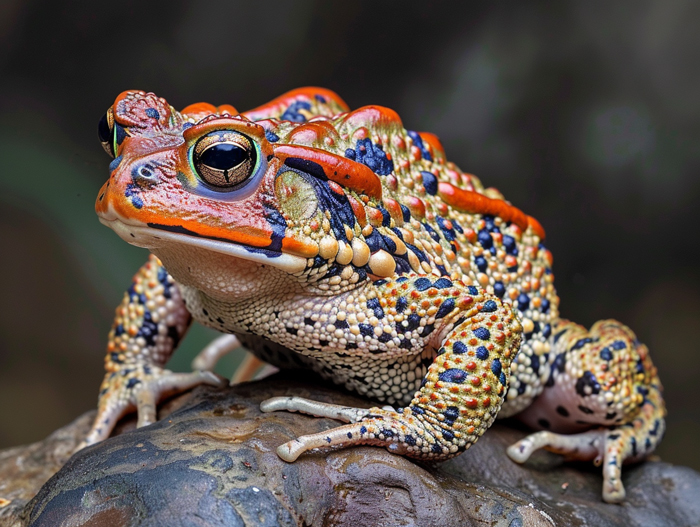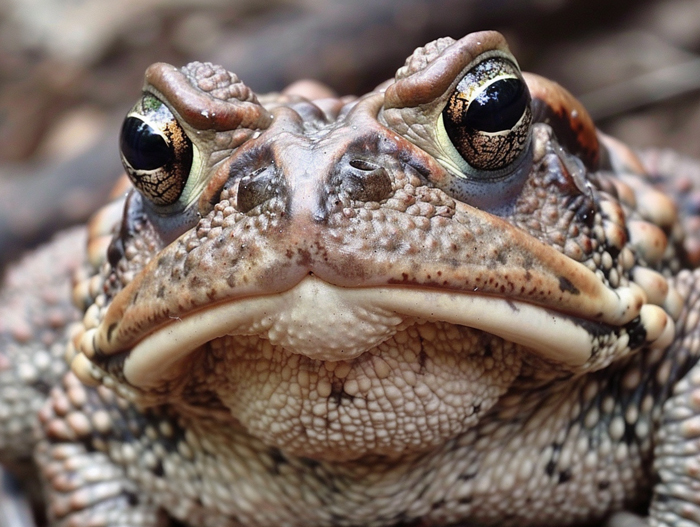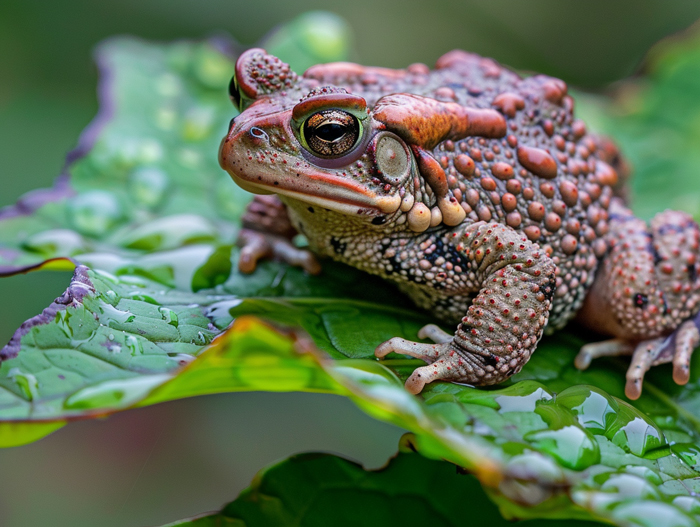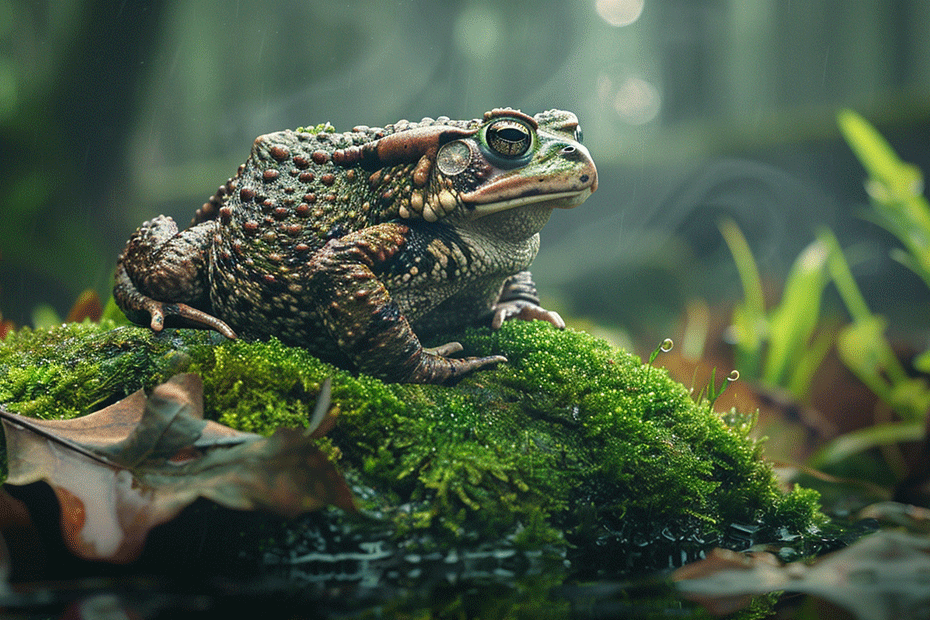Curious about what toad poop looks like? You’re not alone! Toad poop may not be a common topic of conversation, but it’s definitely an intriguing one. Understanding the appearance of toad droppings can provide valuable insights into these fascinating amphibians’ diets and habitats.
Toad poop varies depending on what they’ve been munching on. It can range from dark brown to black in color and is often cylindrical or slightly elongated in shape. By knowing what to look for, you can uncover clues about the toads in your area and gain a deeper appreciation for the role they play in the ecosystem.
Key Takeaways
- Toad poop varies in color, ranging from dark brown to black, with a cylindrical or elongated shape, reflecting their diet and habitat.
- Observing and understanding toad droppings can offer valuable insights into their diets, habits, and role in the ecosystem.
- Toad poop is typically moist and smooth in texture, occasionally containing mixtures of urine and solid waste due to their diet.
- Differentiating toad poop from other animal droppings involves considering size, shape, and texture characteristics unique to toads.
- Recognizing signs of toad presence, such as habitat near water sources, distinct calls, and burrows, can aid in identifying their droppings accurately.
- Be aware of potential risks associated with toad poop, including toxicity, bacterial contamination, and health impacts on pets, emphasizing the need for caution and hygiene practices.
Understanding Toad Poop

Characteristics of Toad Poop
- Toad droppings are typically cylindrical or slightly elongated in shape.
- They can vary in size depending on the toad’s age and size.
- The texture of toad poop is often moist and smooth due to their diet.
- Toads excrete waste infrequently, so their poop may contain a mix of urine and solid waste.
- Toad poop comes in a range of colors, from dark brown to black.
- The color of their droppings can be influenced by their diet.
- The texture can vary from soft and mushy to firm pellets.
Remember, observing and understanding toad poop can provide valuable insights into their diets and the environments they inhabit, shedding light on their essential role in the ecosystem.
Identifying Toad Poop

Differentiating Toad Poop from Other Animal Droppings
To identify toad poop correctly, you need to know how it differs from other animal droppings. Here’s what to look for:
- Size: Toad droppings are generally smaller than those of other animals.
- Shape: They are usually cylindrical or slightly elongated.
- Texture: Toad poop has a moist and smooth texture due to their diet.
Signs of Toad Presence
Recognizing signs of toad presence in an area can help you spot their droppings:
- Amphibian Habitat: Toads are often found near water sources like ponds, marshes, or wetlands.
- Toad Calls: Listen for distinct toad calls during mating season as an indicator of their presence.
- Burrows: Toads may create burrows in moist soil near their habitats for shelter.
Understanding these key indicators can assist you in identifying toad poop accurately.
Health and Environmental Impact

Risks of Toad Poop
Toad poop, although a natural part of the ecosystem, can pose certain risks that you should be aware of to ensure your well-being and environmental balance. Here are some potential risks associated with toad droppings:
- Toxicity: Some toad species secrete toxins through their skin and in their droppings, which can be harmful if ingested or inhaled.
- Bacterial Contamination: Toad poop may carry bacteria such as Salmonella, posing a risk of infection if proper hygiene practices are not followed.
- Impact on Pets: If you have pets, their curiosity towards toad poop could lead to poisoning or health issues, making it essential to keep a watchful eye.
Understanding these risks can help you take necessary precautions when encountering toad droppings, promoting a healthier environment for both yourself and the wildlife around you.
Conclusion
Now that you’re aware of the potential risks associated with toad poop, it’s important to approach encounters with caution. Toxins secreted by some toad species, bacterial contamination like Salmonella, and the curiosity of pets towards toad droppings can pose health and environmental threats. By understanding these risks, you can take the necessary steps to protect yourself, your pets, and the surrounding wildlife. Remember to stay vigilant and maintain a safe environment when dealing with toad poop. Your awareness and proactive measures can help minimize any negative impacts on your health and the ecosystem.

Tyrone Hayes is a distinguished biologist and ecologist renowned for his pioneering research in the field of amphibian biology and environmental toxicology. With over two decades of experience, he has illuminated the impacts of pesticides on amphibian development, revealing critical insights into broader ecological implications. Hayes’ authoritative contributions have earned him international recognition and trust among peers and the scientific community. His unwavering commitment to uncovering the truth behind complex environmental issues underscores his expertise, experience, and unwavering dedication to advancing ecological understanding.
